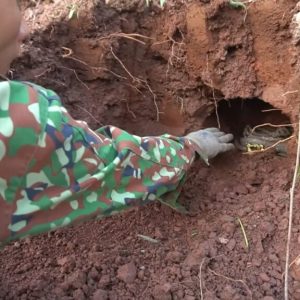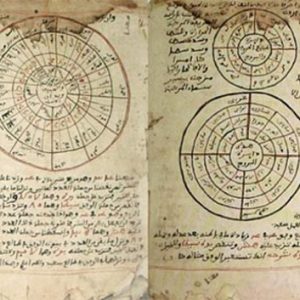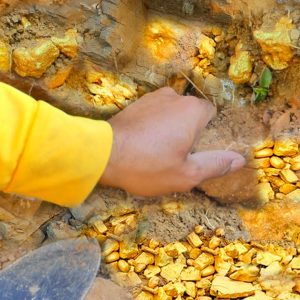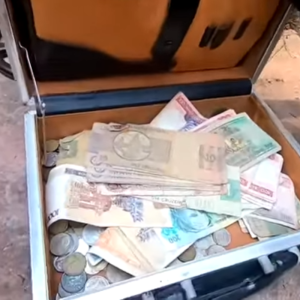Nimrud treasure, Black Swan treasure, “golden mountain” in Sree admanabhaswamy temple,… are the greatest treasures of mankind discovered by man.
1. Treasures of Nimrud
Treasure Nimrud (Iraq) is considered a huge treasure, the largest in the Middle East. Nimrud is the capital of Assyria, the ancient country of Northern Iraq. The city was completely destroyed in 612 BC during the Assyrian-Babylonian war.
Nimrud was built in the 13th century BC by King Shalmaneser I and it quickly became the most important city in Mesopotamia.

The Nimrud treasure was in its first public appearance after being rediscovered in 2003.
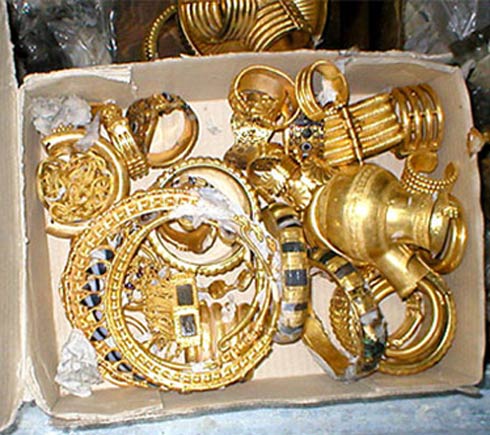
Precious items of Nimrud treasure.
In 1845, British archaeologist Austen Henry Layard found many reliefs, gold and silver statues. In 1950, a British archaeologist, Max Mallowan, continued to find a pavilion believed to be the residence of the former Assyrian concubine.
In 1988, an Iraqi archaeologist named Muzahim Mahmud discovered underneath the hall a complex of crypts filled with gold and silver treasures . Mr. Mahmud also discovered three more tombs, including the queen’s tomb of King Ashurnasirpal II. Each tomb contains hundreds of gold trinkets.
The Nimrud treasures are so valuable that a few years ago an exhibition scheduled to be held in Germany was canceled because no insurance company was willing to insure the treasures.
2. Black Swan Treasure
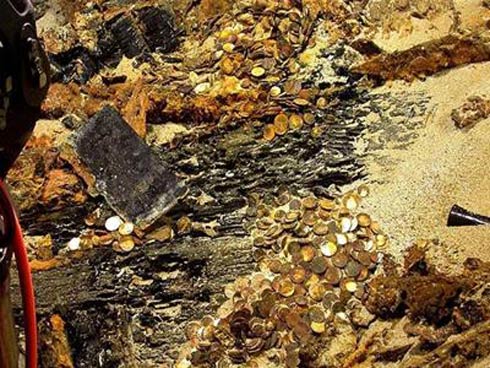

Ancient coins of the Black Swan treasure.
American divers once discovered and recovered a huge treasure from the Atlantic Ocean of a shipwreck 400 years ago. The value of the treasure cannot be calculated. The treasure consists of half a million coins in gold, silver and many other precious things.
To date, the Odyssee Company has not released any information regarding the name of the country that once owned this great treasure. They also keep the value of each coin and the patterns carved on it a secret. The work of salvaging the above assets is known as the Black Swan.
3. Tomb of Nebkheperura Tutankhamun
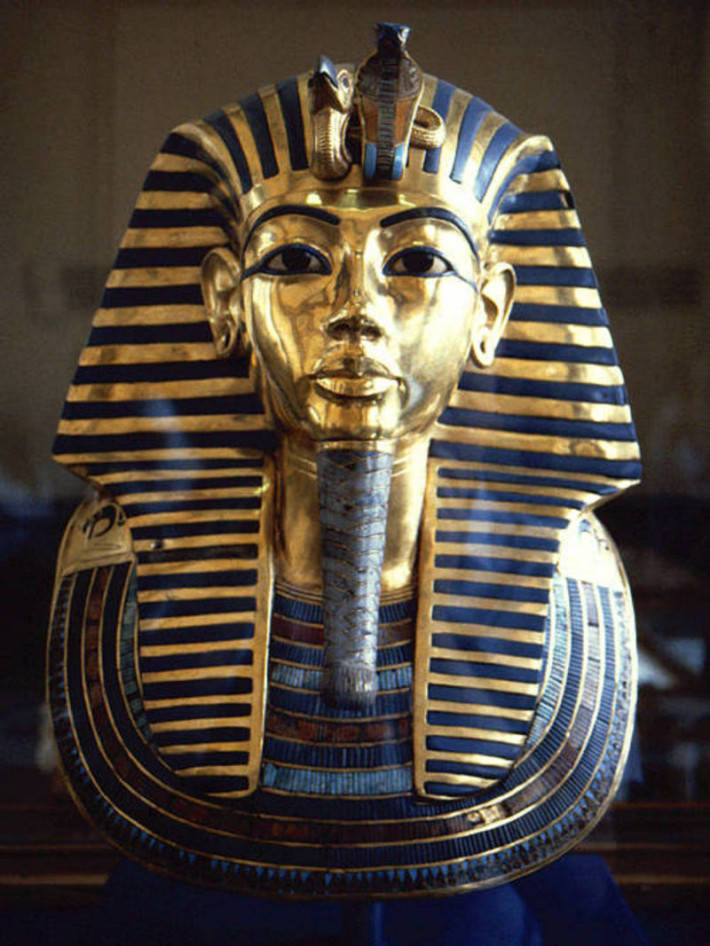
Mask of King Nebkheperura Tutankhamun.
A treasure once considered the greatest of all time, it is the tomb of Nebkheperura Tutankhamun , the 12th century BC Egyptian king.
Although not the most powerful ruler of ancient Egypt, his tomb is most famous for its artifacts that are almost intact after thousands of years.
King Tut’s tomb is located in the Valley of the Kings at Luxor (old name Thebes). No one knew of the tomb’s presence until British archaeologist Howard Carter discovered it on November 4, 1922.
Inside the tomb’s vestibule were gilded furniture and carriages. The burial chamber contains a 3-layer coffin with the innermost layer made of more than 100 kg of pure gold, many gold statues, and boxes filled with priceless jewels. In total, Mr. Carter collected nearly 3,000 different artifacts inside the grave and it took him 10 years to collect and classify them.
Until now, it is still not possible to determine the exact value of the treasures found in King Tut’s tomb. Meanwhile, the treasures that Mr. Carter’s expedition discovered also continuously traveled through many countries in large exhibitions. Thousands of years after his death, King Tut and his priceless burial items continue to amaze the world.
4. Anglo-Saxon Treasure

An expert treasure hunter has discovered a huge Anglo-Saxon gold hoard with more than 1,500 antiques dating from the 7th to 8th centuries, in a field in Staffordshire (England). They may have belonged to the Saxon Royal Family of the Old Kingdom of Mercia . The treasure is worth around £3,285 million and is kept in the Birmingham Museum and Art Gallery.
Many archaeologists consider this treasure to be more significant than the discovery of a treasure ship buried in Sutton Hoo 70 years ago. Terry Herbert – from Burntwood, Staffordshire – discovered the treasure when he scoured a field near his home with a reliable 14-year-old metal detector.
5. Treasure Panagyuriste

On December 8, 1949, three brothers named Pavel, Petko and Michail Deikovi discovered strange objects while digging through clay in the Merul factory near Panagyurishte, Bulgaria. What they found was the Thracian treasure Panagyuriste , one of the world’s most valuable treasures. The Panagyuriste consists of a small jar, a Roman amphora and 7 pitchers of water. All of them are made of finely decorated pure gold and weigh 6,164 kg. Their dates are dated to between the 4th and 3rd centuries BC
6. Preslav’s Treasure
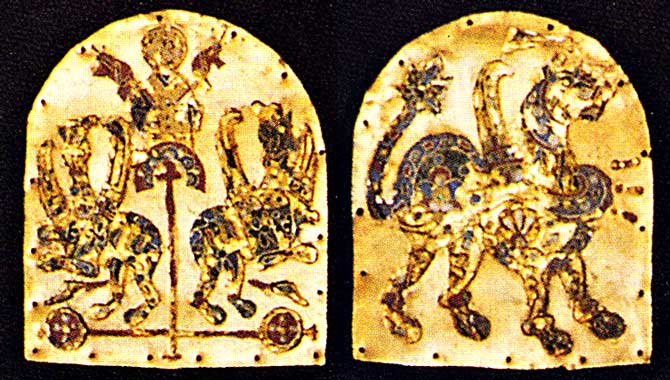
Preslav’s treasure was found in the fall of 1978 in the Castana vineyard, 3 km northwest of Veliki Preslav. Archaeologists have found more than 170 gold, silver and bronze objects including 15 Byzantine silver coins belonging to Constantine VII, Roman II (c. 945 to 959) and several other century-old works of art. 3rd and 7th.
7. Tillia Tepe’s Treasure
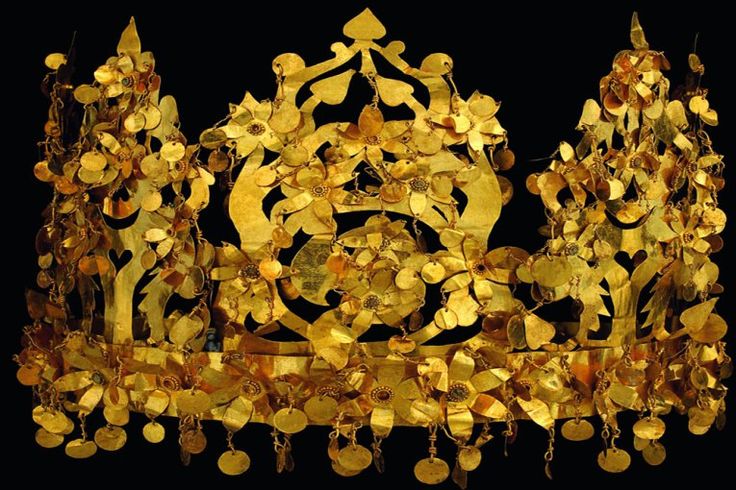
Tillia Tepe is an archaeological site located in Northern Afghanistan near Sheberghan. Unearthed in 1979 by a team of Afghan-Soviet archaeologists, this treasure is truly astounding in its volume. There are about 20,000 items of pure gold found in 6 tombs dating from the 1st century BC and thousands of gold jewelry and precious stones.
8. Treasure Nagyszentmiklos
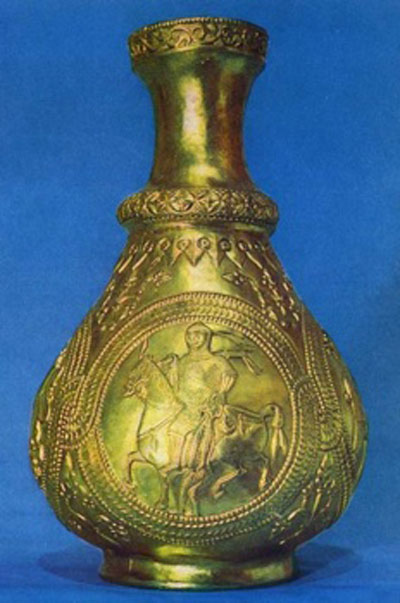
The Nagyszentmiklos treasure, discovered in 1791 in the town of Nagyszentmiklos (now Sannicolau Mare, Romania). The treasure consists of 23 10th-century gold vases.
9. Indonesian Treasure
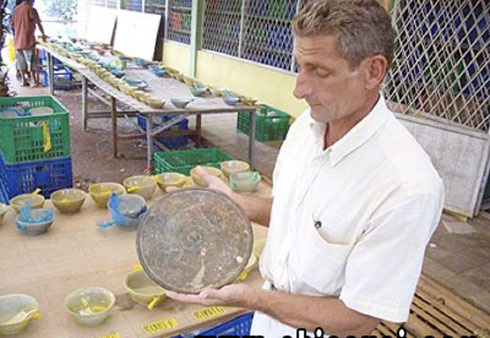
Consisting of nearly 14,000 pearls, 4,000 rubies, 400 sapphires, and more than 2,200 garnets, this treasure was found on a shipwreck in Indonesian territorial waters. This ship lay on the seabed more than 1,000 years ago. Besides jewels, this treasure also has many tiny perfume bottles, ceramic vases, necklaces, dinner plates decorated with dragon and phoenix images, tea pots decorated with flowers, enameled porcelain art… The estimated value of this treasure is up to billions of dollars.
10. “Golden Mountain” in Sree admanabhaswamy . temple
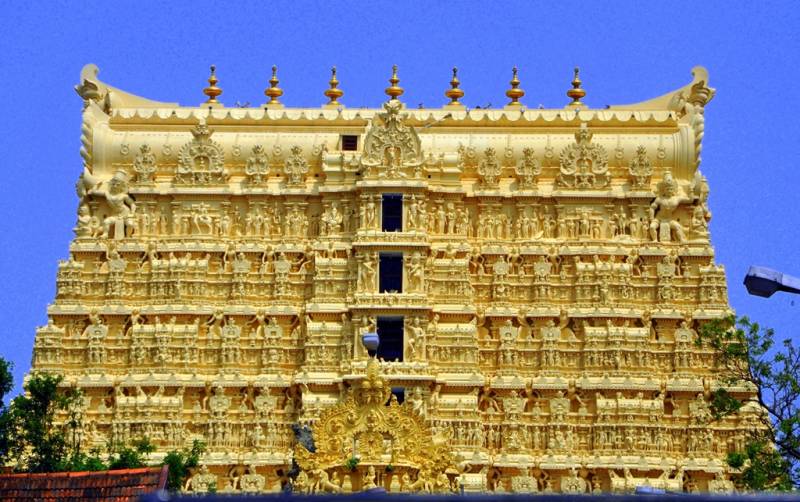
Recently, the Supreme Court of India ordered an inspection of the tunnels and discovered a “golden mountain” in the tunnel system of the Sree admanabhaswamy temple.
The temple was built in the 16th century and is one of the 108 main Vishnu centers in India. The temple was once under the management of feudal lords in Kerala. Then, King Marthanda Varma , the founder of the ancient emirate of Travancore, suppressed these lords and took control of the temple in the 18th century. Indian history records that King Marthanda made a great donation. much wealth for Sree Padmanabhaswamy temple. His descendants still managed the temple until 1949, after which it was handed over to the Kerala state government.
Among the precious items were necklaces weighing 2 kg, a golden bow, a gold chain, bracelets, silver antiques, a ton of gold leaf, sacks of diamonds, thousands of jewels. encrusted with diamonds and emeralds, 16 kg of East India Company gold coins, 18 Napoleon coins…
According to the latest estimates, the value of the treasure found at Sree Padmanabhaswamy is around $20.3 billion, nearly double the previous estimate of $11.2 billion. However, this number is not yet final because the inventory is not finished yet. The Asia Times newspaper quoted antiquities experts as estimating the value of the assets found at the temple could be more than 100 billion USD. With this wealth, Sree Padmanabhaswamy has become the richest Hindu temple in India and perhaps this ancient treasure is the greatest treasure of all time ever discovered.


